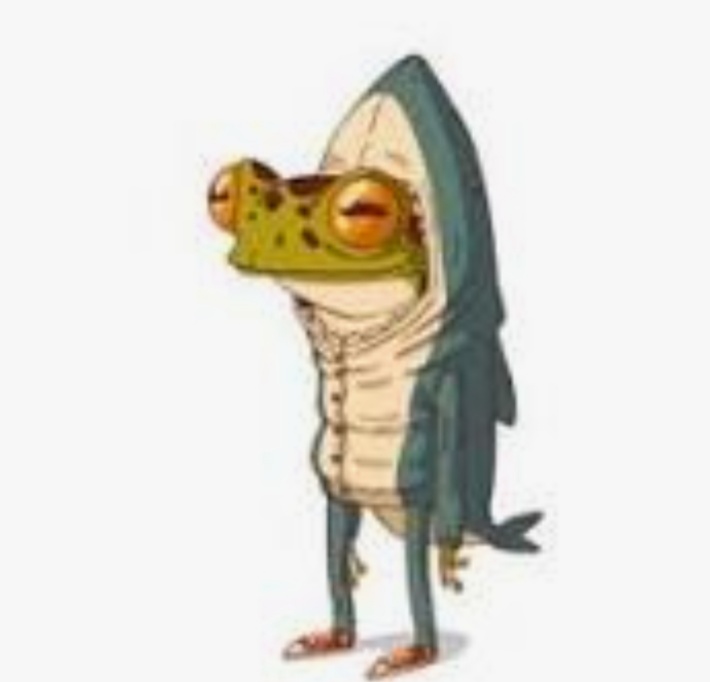Indian Bullfrogs are skilled diggers and can burrow into the soil to escape harsh weather, predators, or to breed. Here’s how they stay underground:
- Digging: They use their powerful hind legs and webbed feet to dig complex burrows, often with multiple entrances and exits.
- Moist soil: They prefer moist, loose soil that’s easy to dig through. This helps them conserve energy and stay cool.
- Burrow structure: Their burrows can be up to 2 feet deep and have a network of tunnels and chambers. This provides protection from predators and extreme temperatures.
- Hibernation-like state: During hot summer months or droughts, Indian Bullfrogs can estivate, a state of dormancy where their metabolism slows down, helping them conserve energy.
- Skeletal System: Frogs have a skeletal system similar to humans, with bones, joints, and ligaments.
- Muscular System: Both frogs and humans have muscular systems that enable movement and support their bodies.
- Nervous System: Frogs have a central nervous system (brain and spinal cord) and peripheral nervous system, similar to humans.
- Sensory Organs: Frogs have eyes, ears, and sensory receptors similar to humans, which help them perceive their environment.
- Digestive System: Both frogs and humans have a digestive system that breaks down food into nutrients.
- Circulatory System: Frogs have a circulatory system with a heart, blood vessels, and blood, similar to humans.
However, there are also some significant differences:
- Skin and Scales: Frogs have permeable skin that helps with respiration and osmoregulation, whereas humans have impermeable skin.
- Limbs and Movement: Frogs have four limbs, but their movement patterns and skeletal structures are adapted for jumping and swimming.
- Respiratory System: Frogs have a unique respiratory system that involves both lungs and skin for gas exchange.

According to evolutionary biology, humans and frogs share a common ancestor that lived hundreds of millions of years ago. This ancestor was likely a simple, multicellular organism that lived in water.
Over time, this ancestral population evolved and gave rise to different groups of organisms, including the ancestors of modern amphibians (like frogs) and mammals (like humans).
However, humans did not directly evolve from frogs. Instead, our lineages diverged from a common ancestor, and then underwent significant changes and adaptations over millions of years.

Here’s a simplified overview of the evolutionary relationships between humans and frogs:
- Common ancestor (simple, multicellular organism) ~500-600 million years ago
- Divergence of amphibian and mammalian lineages ~360-400 million years ago
- Evolution of modern frog species ~200-300 million years ago
- Evolution of modern human species (~200,000 years ago) from a common ancestor with other primates


